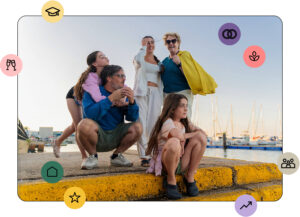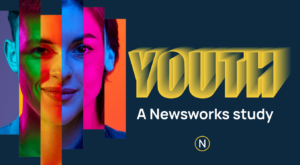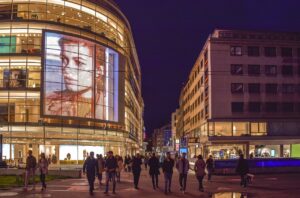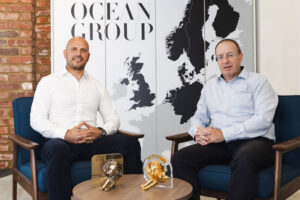Out of Home media and infrastructure company Clear Channel UK has released a new study focusing on diversity in advertising and inclusive shopping experiences. The study of 2,000 respondents conducted via OnePoll revealed that Gen Z is more inclusive than older generations, especially when it comes to race and disability representation in media.
According to the research, Gen Z considers the following groups greatly underrepresented in advertising: race and ethnicity (42%), people with disabilities (40%), plus size models (36%), older age groups (30%), neurodiverse (30%) and LGBTQI+ (27%).
In comparison, only one in four (24%) of all Brits think that race, disability (31%), plus size models (28%), older generations (35%) and LGBTQI+ (16%) are underrepresented in the media. Despite an estimated 15-20% of the population being neurodiverse, as well as rising awareness of the subject, only one in five (20%) Brits think that neurodiverse people need more representation.
Women also seem to be more in favour of diversity than men. For example, 41% of women would like to see older ages represented more in advertising compared to just 29% of men. On average, roughly 10-15% more women than men expressed interest in seeing disabilities, plus-sized models and neurodiversity in advertising. People who identify as non-binary came out as the most inclusive when it comes to older ages, plus size models, race and ethnicity and neurodiversity with 50% of respondents preferring to see them being represented.
The study revealed that authenticity/tokenism (26%), lack of normalisation (25%), offensive stereotypes (25%), poor representations of the culture (22%) and failure to acknowledge cultural differences (19%) are the common issues people find in inclusive advertising.
The study also revealed simple steps for how marketers can make advertising more inclusive and accessible, in this case sensory-friendly: simple messaging (38%), clearer layouts (36%), sensory optimisations e.g. reducing sounds/brightness (34%), using clearer fonts (29%), choice of formats e.g. text, audio, video (18%) and using muted colour schemes (16%).
Ben Hope, Marketing Director at Clear Channel UK, said: ‘’We strongly believe in creating inclusive environments where everyone feels valued and respected, regardless of their differences, and OOH advertising is one of the best ways to achieve that. As a company, we are committed to making a positive change through our Inclusive Channel and encouraging brands to embrace diversity and normalise inclusive advertising planning. Such an approach would not just help embrace inclusive messaging, but also unlock untapped potential when it comes to reaching new audiences.’’












